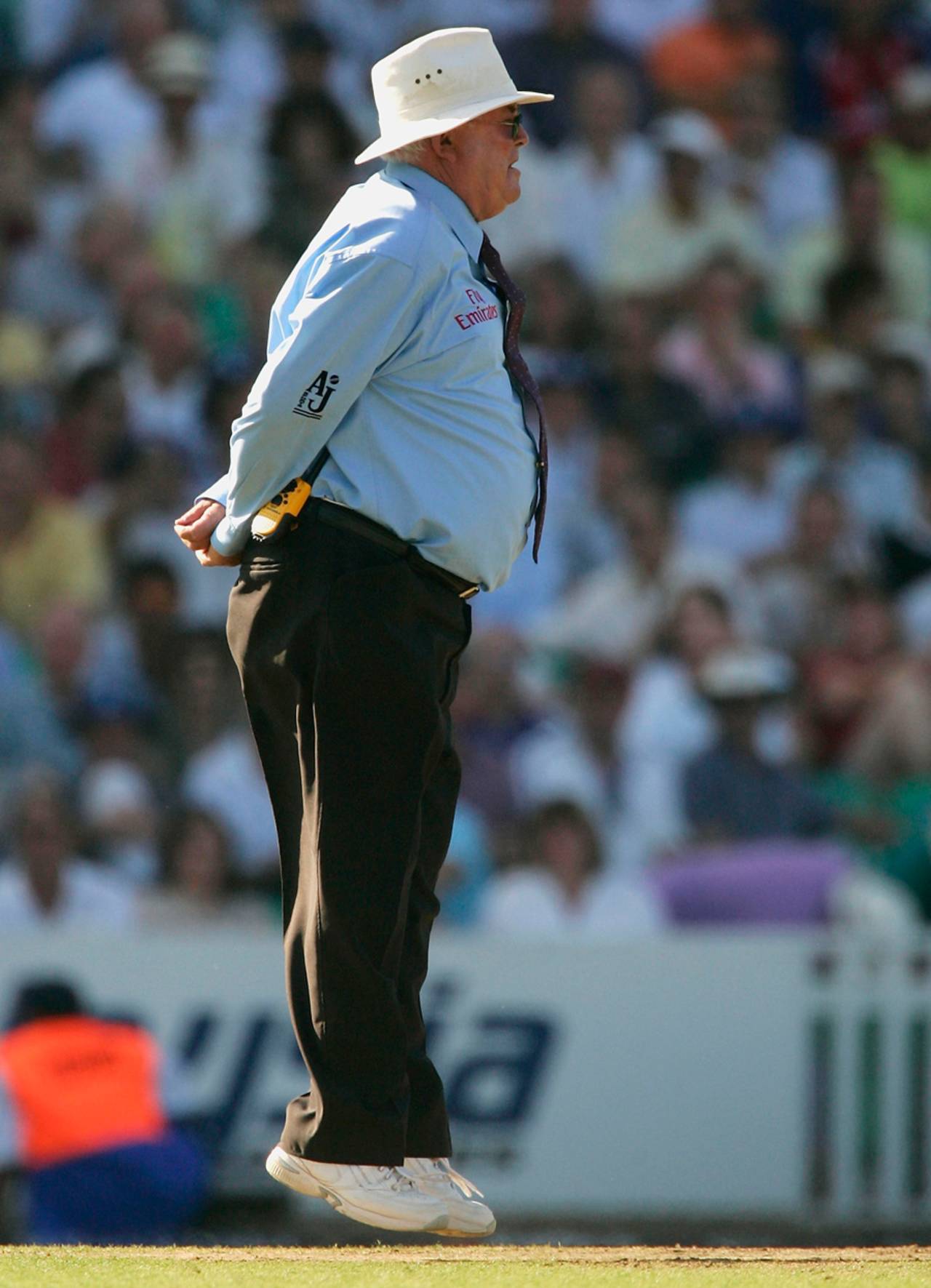Hi everyone, thanks for taking the time to read my last post and thanks again for all the comments.
I'll start by answering a few of the questions I've received from the previous posts.
Firstly, someone said they'd heard on radio I always wear a pink shirt when I'm working at the cricket. Not quite sure where this comes from! The only thing I can think of is the bright vests Cricket Australia give the photographers to wear at the matches to identify them. Most photographers wear yellow, but Getty photographers wear orange to identify them as Cricket Australia's official photographers. I know orange isn't pink, but that's the only thing I can think of! Even so, I'm not in Australia at the moment, so I'm missing out on wearing shirts and vests of any colour to the cricket for the time being!
On to another question, there have been a couple of requests for more technical details of the shots such as shutter speed and aperture etc. Where I still have this information I will try and include it in the future.
For those who do not know a lot about the technical side of cameras and exposure, I'll try and give a quick crash course. A photo's exposure is determined by three variable settings; shutter speed, aperture and ISO rating.
Shutter speed is the length of time the shutter inside the camera at the end of the lens stays open when a photo is being taken to expose the light-sensitive digital sensor (or film a few years ago) to the light from the subject being photographed. The cameras I use range from shutter speeds of one-8000th of a second all the way to 30 seconds and can even be set to stay open longer if needed (I never have!). The slower the shutter speed the more light the camera allows on to the digital sensor.
Aperture is the size of the hole in the lens that the light passes through. This is adjustable and confusingly a large aperture (a big hole) gets a small number and small aperture gets a big number! The lens I usually use at the cricket has a maximum aperture of f4. The larger the aperture the more light it allows to pass through to the sensor.
ISO (International Standard Organisation) rating is a measure of how light sensitive the digital sensor (or film) in the camera is. This can also be adjusted; however, making the sensor more sensitive (for use in poor light) can make the images appear grainy. My cameras range from 100 ISO, high quality and low sensitivity through to 3200 ISO, lower quality and high sensitivity.
Setting the exposure to take photos is a matter of balancing these three variables to suit the light available.
Generally when shooting sport, a high shutter-speed is used, I like to be at least 1000th of a second or faster where possible. This gives the best chance of 'freezing' the action without a fast moving subject (like a batsman swinging the bat!) blurring.
I also use a large aperture. This is for two reasons, firstly the larger the aperture the more the light reaching the sensor, which allows a faster shutter-speed to freeze the action. Secondly, aperture has another effect on the photo. The smaller the aperture, the greater the depth of field. This means objects further away (eg. the crowd in an action photo) from the focussed subject (the batsman or bowler) will appear in sharper focus. This can be distracting and large aperture keeps only the subject focussed and the background out of focus.
The ISO is set as low as possible to obtain the highest image quality. But this is compromised by the quality of the light. A bright sunny day will allow a low ISO, an overcast day will need a slightly higher ISO and sport played under floodlights at night will need higher again.
Time to talk about today's photo. There have been a couple of requests for a photo of
David Shepherd signalling the Nelson. This one is from a one-day international between England and Australia
at The Oval on July 12th 2005, David Shepherd's final international match as an umpire. Batting second, Australia needed 229 for victory, which they reached very comfortably. A few balls before reaching the target, Damien Martyn took a single that took the score from 221-2 to 222-2 and for the last time David Shepherd did his Nelson skip.
From a technical view point, this was not a very difficult photo. The only issue would have been if Martyn had taken a second run, so the score had never stopped on 222! Aside from that it was a matter of being aware when the moment came and focussing on Shepherd and taking the photo. The shutter-speed used was 1000th of a second, as mentioned this high speed stops the action, although there wasn't a great deal of movement and it certainly wasn't happening quickly! The aperture was f5.6 which is quite large, meaning the crowd in the background is completely out of focus, bringing the attention of the photo on to Shepherd. As it was a sunny day I was able to use a relatively low 320 ISO which allowed for good image quality.
Hamish Blair is a Melbourne-based photographer for Getty Images

